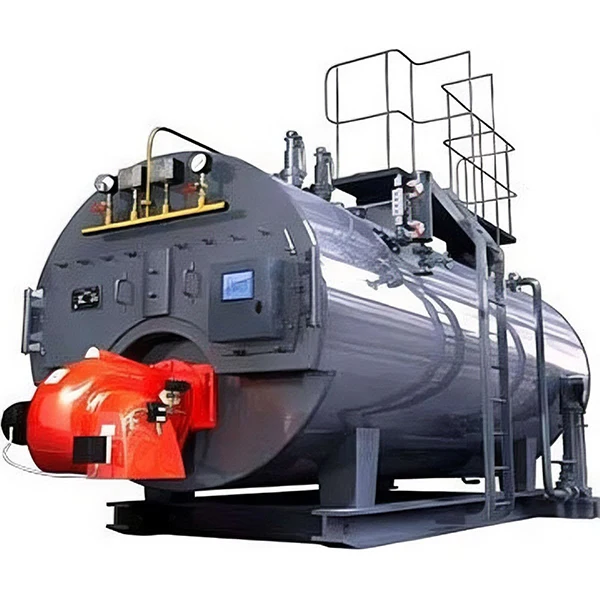
Oil and gas boilers are heating systems that use either fuel oil or natural gas as the energy source to generate hot water or steam. They are widely used in industrial, commercial, and residential applications due to their efficiency and reliability.
A boiler is a key component of a central heating system that heats water to provide warmth for a building through radiators or underfloor heating, as well as hot water for taps and showers. The two most common types of boilers are oil boilers and gas boilers, which differ primarily in the fuel they use. Both systems work on the same fundamental principle: a burner ignites the fuel in a combustion chamber, and the heat generated is transferred to water via a heat exchanger. The heated water is then circulated throughout the property.
a. Based on Fuel
1. Oil-fired boilers
Use heavy oil, diesel, or light oil.
Common in areas without natural gas supply.
Require an oil storage tank.
2. Gas-fired boilers
Use natural gas or LPG.
Cleaner burning than oil; easier to maintain.
b. Based on Design
1. Fire-tube boilers
Hot gases pass through tubes surrounded by water.
Lower pressure applications; simple design.
Suitable for small to medium heating loads.
2.Water-tube boilers
Water circulates inside tubes, heated externally by combustion gases.
High-pressure and high-capacity applications.
Suitable for industrial processes and power generation.
3. Condensing boilers
Recover latent heat from exhaust gases.
Higher efficiency (up to 95%+).
Common in modern residential and commercial buildings.
3. Main Components
Burner: Mixes fuel and air for combustion.
Combustion chamber: Where fuel is burned to generate heat.
Heat exchanger: Transfers heat from flue gases to water or steam.
Flue or chimney: Exhausts combustion gases.
Controls: Thermostats, pressure switches, and safety valves.
Fuel supply system: Tank, pump, and piping for oil or gas.
1. Fuel Combustion:
Gas Boilers: Natural gas is supplied to the boiler and ignited in a combustion chamber.
Oil Boilers: Heating oil is sprayed into a combustion chamber and ignited by an electronic spark.
2. Heat Exchange:
The hot gases produced during combustion pass through a heat exchanger, a series of metal tubes or fins.
Water from the heating system circulates around or through this heat exchanger, absorbing the heat from the hot gases.
3. Water Circulation:
Once heated, the water is pumped through pipes to radiators, baseboard heaters, or in-floor radiant systems throughout the building.
As the hot water flows through these emitters, it transfers its heat to the surrounding air, warming the space.
4. Return and Reheating:
After releasing its heat, the cooler water returns to the boiler to be reheated, completing the cycle.
Residential: Space heating and hot water.
Commercial: Hotels, hospitals, schools.
Industrial: Process heating, power generation,chemical plants.
District heating: Supplying heat to multiple buildings from one central boiler.
Take every customer request seriously.

Shuxin
Electromechanical
+86 15516359168
shuxin@sxburner.com
Room 504, Building 11, Wuzhou International Industrial Expo City, Old National Highway 310, Xigong District, Luoyang City, Henan Province
+86 15516359168
shuxin@sxburner.com
Room 504, Building 11, Wuzhou International Industrial Expo City, Old National Highway 310, Xigong District, Luoyang City, Henan Province